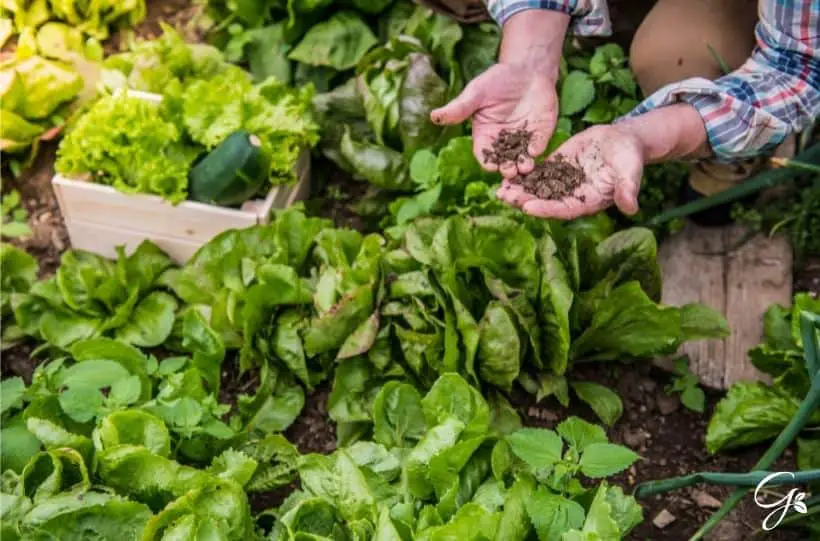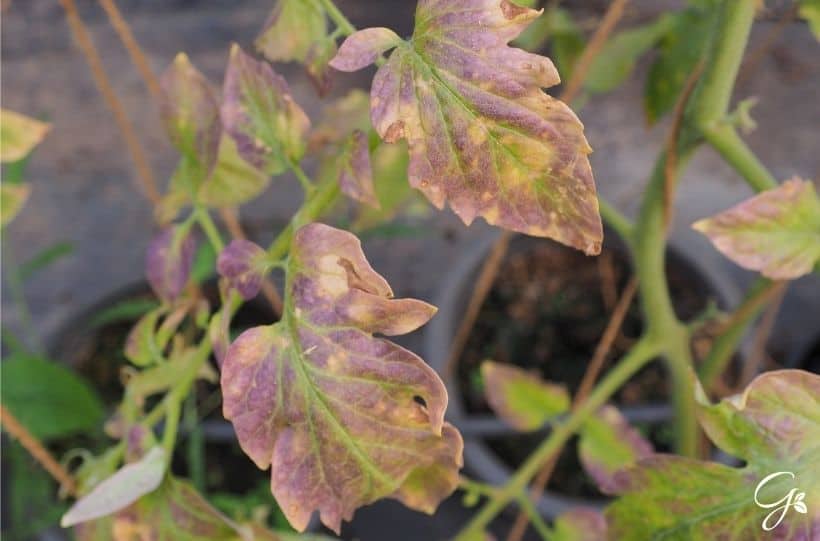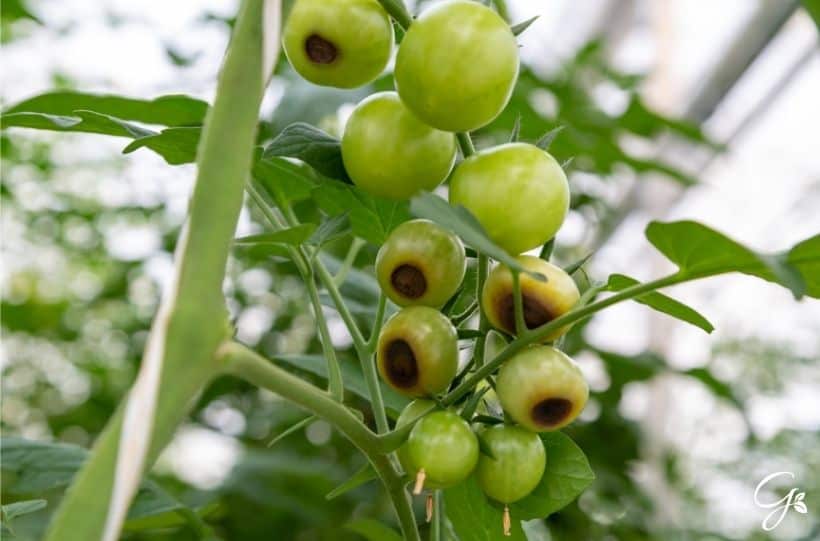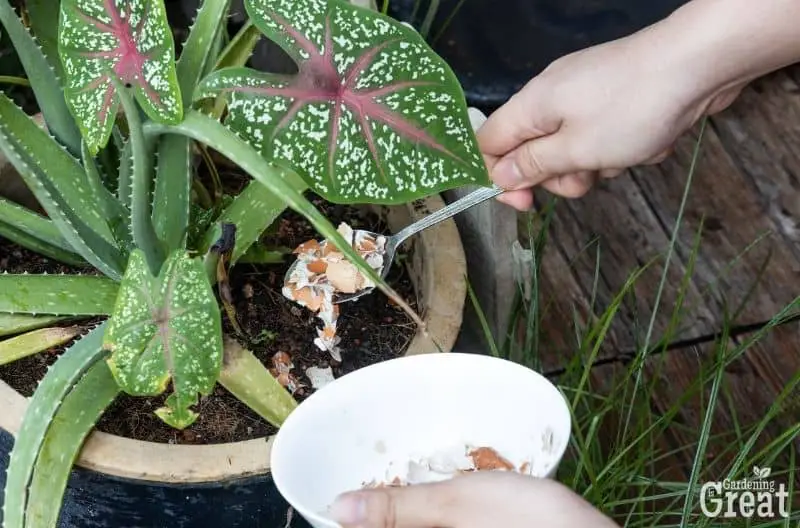How to Add Calcium to Your Soil
Adding calcium to your soil is an important way you can help to keep your plants healthy and keep your soil from becoming depleted.
Calcium is one of the most important things you can add to your soil for your plants to thrive. This is because your plants need calcium to build a strong support structure, produce fruit, and keep the acidity from getting too high which then prevents the absorption of nutrients from the soil.
Many people do not realize how important this nutrient really is in the garden until there becomes a problem due to the lack of calcium. The good news is that identifying the need and fixing the problem is easy.

Some plants like tomatoes need more calcium than others to thrive. If you would like to improve your tomato harvest and have stronger plants.
Most plants do best in neutral range soil with only a few that tend to thrive in acidic soil like tomatoes and blueberries.
If your soil is very acidic you will find that your plants may have stunted growth or even die off. Adding calcium to your soil will balance it out and fix this issue allowing for your plants to thrive.
How to Tell if Your Plants Need Calcium
The easiest way to tell if your plants are in need of calcium in the soil is to test the soil’s PH level. This will tell you if the soil is too acidic and in need of calcium to balance it out.
You can use test strips or a digital meter for this. Investing in a digital meter is one of the easiest ways to keep track of the needs of your soil.
While some plants like hydrangeas can make it quite clear what the condition of their soil is, most plants are a lot less obvious about the soil conditions. There are some signs you can check for in your plants to see if they are in need of a boost of calcium.
Curling and browning leaves can be a sign that your plant’s soil is too acidic and they need a boost of calcium. This can also be a sign that your plants are not getting enough water as well so you should check that your garden is getting enough water before you consider supplementation.

Yellow and brown spots on leaves can be a sign of disease in many plants but they can also be a sign of calcium deficiency. If you see these spots on your plants you may want to check the soil PH level before you choose to pull the plant and burn it to stop the spread of the disease.
If the acidity of the soil is too high you can amend the soil and give the plant a chance to bounce back.
Plants that often grow tall like tomatoes will have stunted growth and weak stems that need more support if your plants are in need of calcium. If your plants have stunted growth or show signs of weakness you should check the acidity levels of your soil and add more calcium if needed.
Blossom end rot on your produce like tomatoes, peppers, and cucumbers are all caused by a lack of calcium in your garden.

If you see signs of blossom end rot remove those fruits so your plants are not wasting energy on them and add calcium to your soil to allow the plants to produce healthy fruit.
If your plants are showing signs of distress look for quicker ways to utilize options for adding calcium to your garden rather than slower-acting options to allow your plants to bounce back faster. Slower options are great at the start of planting or before real issues start to arise.
How to Add Calcium To Your Garden
There are several easy things you can do to help improve your soil and some things you can do over time to help nourish your soil for the long term to help prevent soil depletion.
Milk
If you have milk that has reached its expiration date or smells off or tastes bad but has not begun to acidify you can use this old milk in your garden to quickly add calcium to your soil. This is a great way to make use of something you would normally be throwing away while helping your plants to thrive.
Powdered milk is a great easy way to add calcium to your garden quickly. Fat-free powdered milk is cheaper than fresh milk and will easily sprinkle around your garden and mix into the soil when you water your plants.
This is an effective and easy-to-get-hold-of solution that you can get from nearly any grocery store.
Crushed Eggshell
Eggshells should always be going into your compost pile as they are a valuable source of calcium for your garden. But if you need something faster or do not have a compost pile going you can put eggshells directly in your garden.
To use eggshells in your garden you should wash them well to avoid attracting pests, dry them in the oven on low until they are completely dry.

At this point, you can crush by hand into small chunks (useful for helping kill off slugs and snails). Or run through a blender until you have a powder, that will break down and absorb into the soil and your plants faster.
Gardening Lime
You can pick lime up like at the local garden section of most big box stores and hardware stores. Your local farm and garden store or nursery will almost always have this on hand no matter what part of the growing season you are in.
Simply sprinkle your lime into your garden and water to help it work its way into the soil. If you are amending your soil at the start of the season you can till lime in with your compost to help reduce the acidity of your soil and provide nutrition for your plants.
If you’ve enjoyed this article, see these guides for more information on soil health:
